100 Greatest Film Scores
100 Greatest Film Scores
Matt Lawson and Laurence E. MacDonald
ROWMAN & LITTLEFIELD
Lanham Boulder New York London
Published by Rowman & Littlefield
An imprint of The Rowman & Littlefield Publishing Group, Inc.
4501 Forbes Boulevard, Suite 200, Lanham, Maryland 20706
www.rowman.com
Unit A, Whitacre Mews, 26-34 Stannary Street, London SE11 4AB
Copyright 2018 by The Rowman & Littlefield Publishing Group, Inc.
All rights reserved. No part of this book may be reproduced in any form or by any electronic or mechanical means, including information storage and retrieval systems, without written permission from the publisher, except by a reviewer who may quote passages in a review.
British Library Cataloguing in Publication Information Available
Library of Congress Cataloging-in-Publication Data
Names: Lawson, Matt, 1987 author. | MacDonald, Laurence E. author.
Title: 100 greatest film scores / Matt Lawson, Laurence MacDonald.
Other titles: One hundred greatest film scores
Description: Lanham : Rowman & Littlefield, 2018. | Includes bibliographical references and index.
Identifiers: LCCN 2018001293 (print) | LCCN 2018002292 (ebook) | ISBN 9781538103685 (electronic) | ISBN 9781538103678 (hardback : alk. paper)
Subjects: LCSH: Motion picture musicBibliography.
Classification: LCC ML128.M7 (ebook) | LCC ML128.M7 A15 2018 (print) | DDC 781.5/42dc23
LC record available at https://lccn.loc.gov/2018001293
 The paper used in this publication meets the minimum requirements of American National Standard for Information SciencesPermanence of Paper for Printed Library Materials, ANSI/NISO Z39.48-1992.
The paper used in this publication meets the minimum requirements of American National Standard for Information SciencesPermanence of Paper for Printed Library Materials, ANSI/NISO Z39.48-1992.
Printed in the United States of America
To my wife, Nichola, my son, Harry, and my
parents and in-laws for their invaluable support, patience, and understanding
during the writing process.
Matt
To my wife, Carolyn, for being patient, kind, and
understanding throughout the many months of planning, writing,
and editing. Shes a SAINT!!
Larry
Contents
Introduction
Since the invention of the motion picture in the 1890s, music has been an integral part of the film medium. Since the arrival of synchronized sound in the 1920s, musical scores have been written for countless numbers of films. The power that film music has over an audience is unquestionable. It can make us laugh, cry, feel anxious, feel excited, and completely alter the way we view a film. It is almost unthinkable to imagine the shower scene from Psycho without hearing Bernard Herrmanns stabbing string sounds, or to see A long time ago, in a galaxy far, far away... without then following it with the bombastic opening fanfare to Star Wars . As Martin Scorsese once said, Film and music are inseparable. They always were, and always will be.
The purpose of this book is to celebrate music in film by singling out one hundred films with original scores that we, the authors, feel are especially significant.
When we accepted this project, we were fully aware that it would be virtually impossible to feature all of the scores that we thought should be recognized for both their musical originality and for the unique contributions that they have made to the films they accompany.
We therefore offer this book as our attempt to acknowledge one hundred exemplary musical works. The selection process we adopted was an ambitious attempt that, together with our editor, Stephen Ryan, resulted in the submission by each of us of lists of films that we felt included outstanding musical scores. We were each given some leeway in the selection process, which in making the final choices involved some compromises by all concerned. These compromises were essential, as both authors, and the editing team, all had differing opinions on what constitutes a memorable or successful film score. For Lawson, born in the late 1980s, the more modern repertory of John Williams, Hans Zimmer, or Michael Giacchino was dominant in the original suggested films, whereas MacDonald suggested some films which were less well known, requiring Lawson to purchase several DVDs for research purposes! Both authors agree that this collaborative process was enlightening and not without its challenges but ultimately provides a rewarding glimpse into what is considered a significant enough score to make our final one hundred. An appendix offers an additional list of one hundred films that did not make the book. The caliber of some of those films will highlight just how impossible our task was.
In preparing this book, we were guided by the following dictates: the films should be narrative in nature; that is, they should not be documentaries such as Winged Migration ; nor should they be nonnarrative in substance like Koyaanisqatsi . We also ruled out musical films such as The Wizard of Oz , even though Oz features an Academy Awardwinning score, because films such as this one include so many musical performances that are visible to the viewer. Our goal has been to feature films in which the music is generally unseen, but still an integral part of each film.
In no way did we intend this book to concentrate on composers who are white males, who are also either American or European. Some suggestions were made concerning the inclusion of scores by such prominent musicians as Quincy Jones, Duke Ellington, and Rachel Portman, but in the final analysis, it was the music, not the composers, that led us to the final list that forms the basis for this book. For this reason, composers such as John Williams are featured on numerous occasions, simply because the music they compose is so memorable and recognizable. Indeed, Williamss scores account for almost 10 percent of the entries in this book. It is partly a reflection of the industry during the Golden Age of Hollywood that this unintentional bias of gender and race occurs, but it is hoped that the twenty-first century will provide more opportunities for women and non-Caucasian composers to write memorable film scores.
The one hundred films we selected have been arranged in alphabetical order. There is no ranking system within the book, and in no way is this book intended to be a countdown to the single greatest film score of all time. We all have our personal favorites among the countless film scores that have been written, but this book does not dwell on the personal choices of its authors.
Each entry features a short synopsis of the film, followed by a detailed article about the music itself, with analyses of the thematic materials and how they are used. Each entry also includes the films public recognition, including awards it may have won, and anything else that we thought was significant about a particular film. Finally, the entries include recommended recordings in the CD format, and may also include bibliographic information on sources that were consulted.
Since each of us wrote fifty of the articles that appear in this book, we have included our initials after each of the entries that we submitted. Thus, Matt Lawsons articles are identified by ML, and those written by Laurence E. MacDonald are tagged by LEM.
At the back of the book, you will find brief biographies of the fifty composers whose scores are featured in this book.
We sincerely hope you enjoy this excursion into the world of films and their music, spanning eighty-three years from our earliest entry, City Lights (1931) to our most recent, Interstellar (2014).
A
The Adventures of Robin Hood
(1938)
Erich Wolfgang Korngold
The Film
The legendary Robin Hood, the bandit of Sherwood Forest, has been portrayed on film by many prominent stars, including Douglas Fairbanks (in a 1922 silent film), Richard Todd (in a 1952 live-action Disney film), and such diverse actors as Kevin Costner, Cary Elwes, and Russell Crowe. But arguably the best cinematic Robin Hood is Errol Flynn, who gave a delightfully energetic performance in the 1938 film The Adventures of Robin Hood .

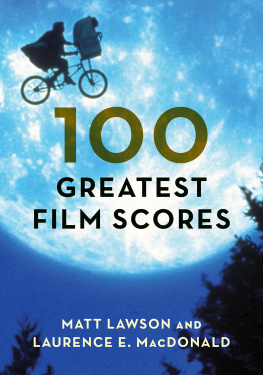

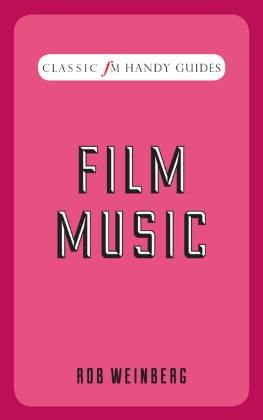

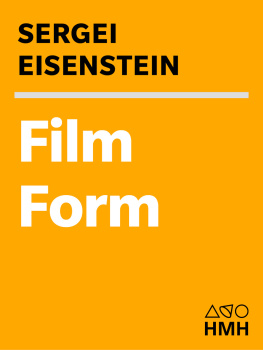

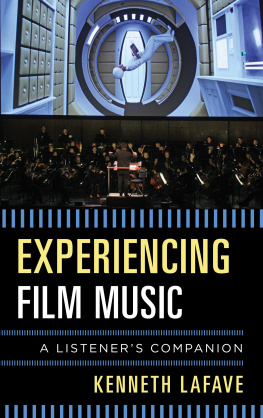

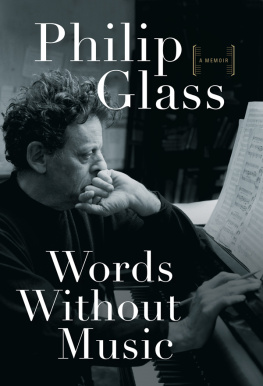
 The paper used in this publication meets the minimum requirements of American National Standard for Information SciencesPermanence of Paper for Printed Library Materials, ANSI/NISO Z39.48-1992.
The paper used in this publication meets the minimum requirements of American National Standard for Information SciencesPermanence of Paper for Printed Library Materials, ANSI/NISO Z39.48-1992.